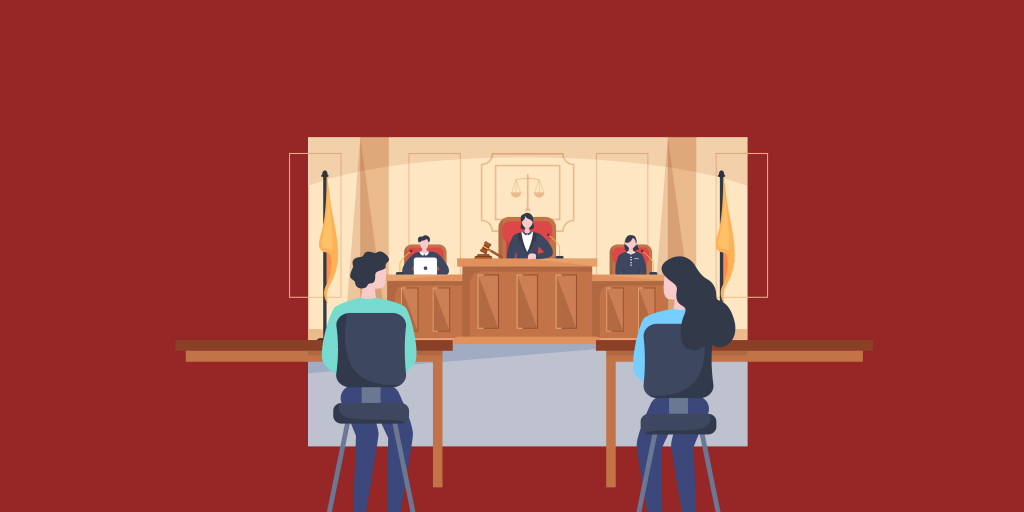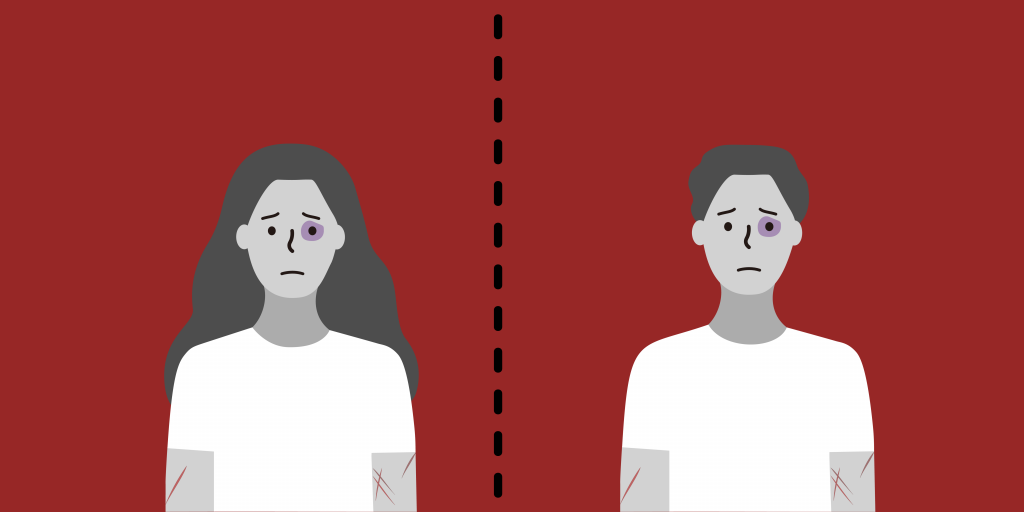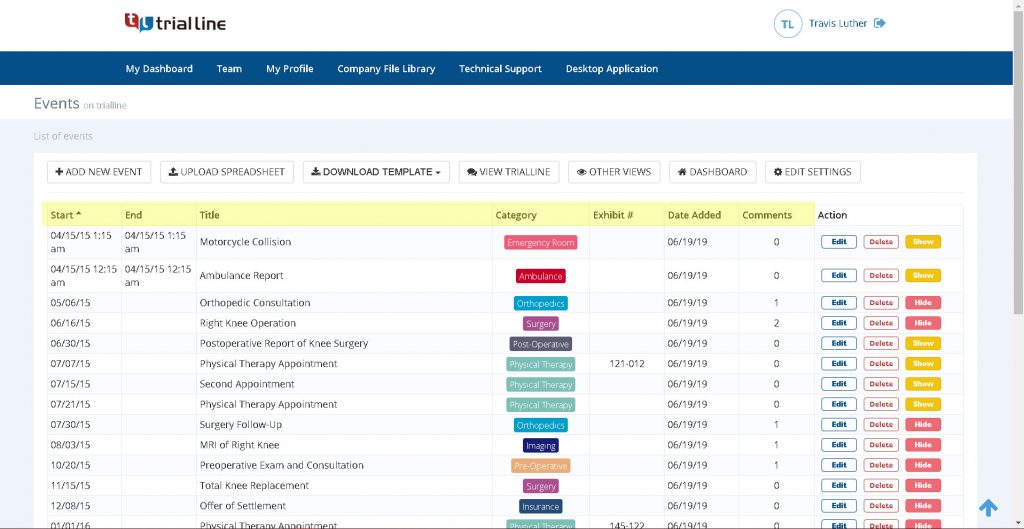Spousal abuse is a significant factor that can influence a divorce case timeline. It can have repercussions for matters such as property division, financial support, child custody, and most importantly, the safety of those involved. Gaining a clear understanding of the nature of spousal abuse and the legal framework that surrounds it can streamline the divorce process and guarantee fair justice for the victims, particularly children entangled in such tumultuous relationships.
Divorce cases that involve spousal abuse often experience delays because of necessary legal actions to ensure the safety of the victim. These actions include securing restraining orders, conducting investigations and assessments to make child-centric decisions, and accurately evaluating and categorizing assets. To mitigate such delays, lawyers can adopt effective strategies, such as methodically documenting and storing evidence, adhering to legal procedures, and employing visualization tools to comprehensively depict the sequence of events. Utilizing legal timeline software is a valuable means to achieve these objectives.
Identifying Spousal Abuse
Spousal abuse, also known as “domestic abuse”, “domestic violence” or “intimate partner violence” is characterized as a consistent pattern of actions within any relationship aimed at preserving dominance and authority over an intimate partner. This can take various forms, including physical violence, emotional abuse, sexual abuse, economic control, psychological manipulations, or any conduct that induces fear, harm, and emotional distress.
Here are signs that can be detected early to ensure the safety and well-being of the parties involved.
Physical Abuse:
Visible injuries, such as bruises, cuts, or broken bones.
Emotions Abuse
Manipulative behavior, belittling, or constant humiliation.
Financial Abuse
Controlling access to finances or preventing the victim from working.
(related resources: Understanding Financial Abuse)
Psychological Abuse
Threats, intimidation, or isolation from friends and family.
Seeking Immediate Help
If you or someone you know is a victim of spousal abuse, it’s crucial to seek immediate assistance. Contact law enforcement, a domestic violence hotline, or a trusted legal professional to explore available protective measures and legal actions.
How Abuse Might Affect Your Choice of Divorce Approach

Broadly speaking, divorce can be categorized into two main types: fault-based and no-fault. In some states, divorcing couples have the flexibility to opt for a fault-based divorce, whereas, in other states, all divorces are legally designated as no-fault.
When your state permits you to make a choice, it becomes crucial to thoughtfully consider which type of divorce to pursue, particularly when spousal abuse has been a factor. This decision is significant because it is likely to impact the extent of personal information, which can sometimes be distressing, that you’ll need to disclose to the court.
No-Fault Divorce
In a no-fault divorce, the spouse initiating the divorce requests it based on one of the no-fault legal grounds recognized by the state. These grounds vary from one state to another but typically encompass reasons such as:
- Separation
- Irreconcilable differences
- Irretrievable breakdown
- Incompatibility
The spouse filing for a no-fault divorce is not obligated to assert any marital misconduct as the cause. Instead, they only need to inform the court that the marriage is beyond repair and reconciliation is not possible. As long as the spouse fulfills the state’s additional divorce requirements, the court will approve the divorce.
Fault-Based Divorce
In a fault-based divorce, the spouse initiating the divorce is required to assert a more specific, legally recognized reason for the dissolution of the marriage. States that permit fault-based divorces have their distinct grounds for this type of divorce, which typically include:
- Adultery
- Spousal abuse
- Felony conviction
- Abandonment
- Substance abuse
If you reside in a state that recognizes fault-based divorce, you have the option to include in your divorce paperwork the assertion that your spouse’s abusive conduct was a factor in the breakdown of your marriage. To support your claim of abuse, you will need to gather evidence, such as witness statements, phone records, police reports, or photographs, which can be efficiently collected through divorce management software. This evidence will be presented in court. The judge may also request your testimony or require you to submit an affidavit, which is a written statement made under oath, affirming your experience of spousal abuse.
Legal Implication of Spousal Abuse in Divorce

Restraining Orders
In cases of spousal abuse, restraining orders provide immediate legal protection for the survivor of the abuse, helping to ensure their safety. This establishes a legal basis for action against the abuser if they violate the order. If your spouse disputes the need for a protective order, however, you may be required to participate in a hearing where both parties present their arguments before a judge, who will make an informed decision.
Child Custody and Visitation Rights
Spousal abuse can have a profound impact on child custody and visitation arrangements, with courts prioritizing the child’s safety and well-being when rendering decisions. In most states, judges will consider the following factors:
- Each parent’s capacity to provide the essentials for the child
- The child’s expressed preference, if applicable.
- The mental and physical health of each parent.
- The child’s experience and history with each parent.
- Any factors the judge deems relevant.
In many cases, the court imposes restrictions on the custody rights of an abusive parent, such as prohibiting overnight visitation. In extreme, situations, a judge may even terminate the abusive parent’s visitation rights and grant full custody to the other parent.
Division of Assets
The method used for dividing marital property in court depends on your place of residence which could follow either the equitable distribution or community property standard.
- Equitable Division States: The judge aims to distribute the property in a manner that is just and reasonable, though not necessarily equal.
- Community Property States: The court presumes that both spouses jointly own all marital property obtained during the marriage.
Spousal abuse can impact the property distribution process, especially when the abused spouse can provide evidence of financial harm or reduced capacity to earn income.
(related resource: Financial Realties of Divorce in Women)
The Role of Legal Timeline Software in Divorce Cases Involving Spousal Abuse

Divorce cases tainted with abuse allegations encompass more than just marriage dissolution but also matters related to child custody, property division, and restraining orders. The presence of abuse allegations also introduces additional layers of complexity, emotional turmoil, and legal intricacies. Hence, it becomes crucial for legal practitioners to have access to divorce case management software to handle such cases effectively.
Streamlined Data Organization
A cloud-based divorce management software allows centralized storage for storing and handling essential documents, such as incident reports, photographs, medical records, and other evidence linked to abuse allegations. Additionally, it simplifies the gathering and systematic arrangement of witness testimonies, enabling the recording of witness statements, contact details, and their relevance to the case. Professionals can also utilize it to create a chronological order of events in a court case to help illustrate behavioral patterns over time.
Enhanced Case Presentation
A legal timeline software doubles as courtroom presentation software, empowering attorneys to enhance the clarity of the presentations by visually illustrating patterns of abuse. It organizes events into a coherent case timeline, enabling attorneys to convey the sequence of abusive incidents in a straightforward manner. Further, it assists divorce attorneys in highlighting pivotal moments by identifying particular dates and incidents within the timeline, making it clear to the court how the abuse unfolded over time. By providing a structured framework, the software fosters a concise and well-organized case presentation, helping attorneys avoid unnecessary confusing details.
Data Analysis for Legal Strategies
Organizing events in chronological order and presenting evidence through timeline software for lawyers allows attorneys to bolster their cases. This clarity aids in pinpointing crucial pieces of evidence and crafting strategies centered around them. It facilitates the development of tactics that emphasize the most influential events and highlight the interconnectedness of abuse allegations. This approach relies on factual data rather than emotional appeals, resulting in a more persuasive argument in court and supporting the credibility of the survivor’s claims.
Ensuring Fairness and Justice with Legal Timeline Software
Protecting the Vulnerable
Divorce cases that include spousal abuse frequently place one party in a position of vulnerability. Trial timeline software helps level the playing field by ensuring that all evidence is presented accurately. This is important in securing fair settlements and protective orders.
Expedited Resolutions
The traditional legal process can be time-consuming. Legal timeline or divorce software for attorneys accelerates legal proceedings by simplifying data management and presentation. Victims can find closure and safety more swiftly, reducing emotional and financial toll.
Preventing Recurrences
The primary aim in cases of spousal abuse is to prevent future harm. Legal timeline software plays a crucial role in creating thorough documentation, which is of immense value in securing restraining orders and overseeing compliance. This proactive approach significantly enhances the safety of victims.
Manage Divorce Cases with TrialLine

Divorce cases, regardless of the circumstances, whether involving abuse or not, should conclude in a manner that is fair and just. Further, it should have a strong focus on the well-being of children as they are most vulnerable parties involved. To ensure that victims receive the resolution they deserve and move forward in life, it is important that the case is presented with all necessary evidence. This approach simplifies the process of obtaining protection orders, division of assets, and child custody.
Using TrialLine, a divorce software for attorneys, legal professionals handling cases involving abuse can help their clients achieve a favorable outcome. TrialLine facilitates the collection of evidence, witness testimonials, medical records, and all essential elements needed to support the case’s arguments. Additionally, it promotes collaboration among the legal teams involved, enabling the development of well-informed and robust strategies. TrialLine also functions as a case presentation software, visually representing the legal timeline of events within the divorce case and highlighting abusive behavior patterns.
Sign up now for our 14-day free trial and schedule a demo with one of our experts to gain a deeper understanding of how to prepare a timeline for your attorney and construct your own case timelines using TrialLine.
Disclaimer: The information provided on this website does not, and is not intended to, constitute legal advice; instead, all information, content, and materials available on this site are for general informational purposes only. Information on this website may not constitute the most up-to-date legal or other information.






